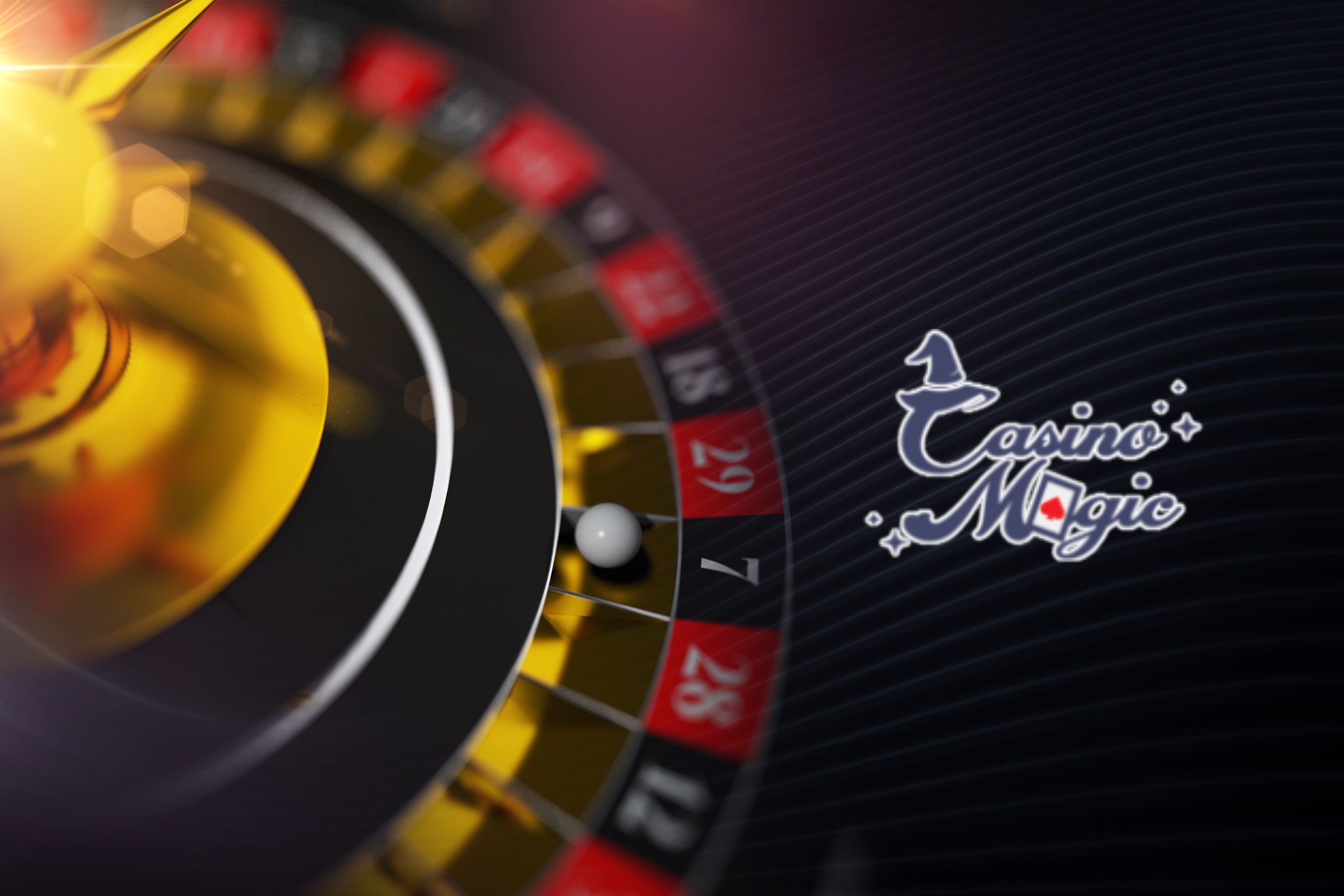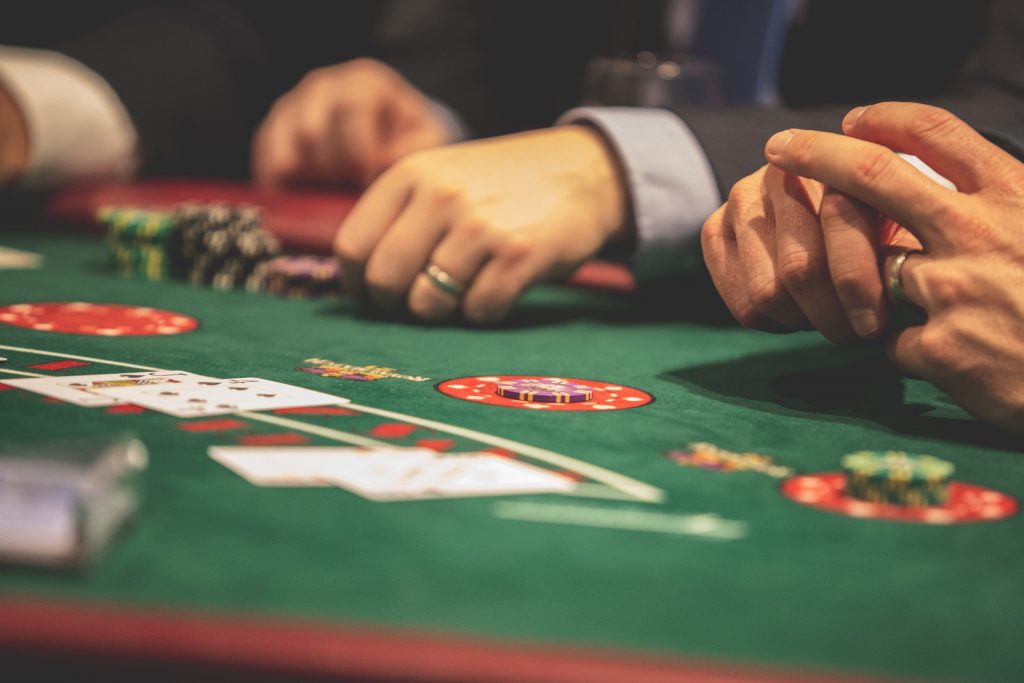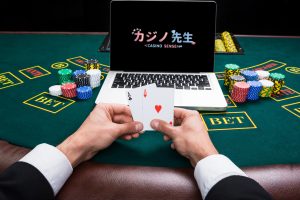
How To Spot A Poker Bluff: Mastering The Art Of Reading Your Opponents
Poker is a game full of excitement and strategy. And while luck plays a part, it’s the ability to read your opponents and spot their bluffs that can truly make you a master of the game. But what exactly is poker?
Poker is a popular card game that has been played for centuries, and it has evolved into various forms and variations. It is a game of skill, strategy, and psychological warfare, where players bet, raise, or fold based on the strength of their hand and their ability to deceive their opponents. Winning at poker requires not only understanding the rules and mechanics but also being able to analyze your opponents and accurately gauge their intentions.
In the art of mastering poker, one crucial skill stands out: the ability to spot a bluff. Being able to read your opponents and detect when they are trying to deceive you is a key component of success in the game. In this article, we will explore what exactly poker is and delve into the strategies and techniques you can use to spot a bluff and gain a competitive edge at the poker table.
Understanding Body Language and Poker Tells
Body language is an integral part of poker, as players often communicate their thoughts and emotions through nonverbal cues. Understanding these cues can give a player a significant advantage at the poker table.
Common physical tells to look for include shaking hands, fidgeting, avoiding eye contact, and changes in breathing patterns. These actions often indicate nervousness or anxiety, which could suggest a weak hand. Conversely, a player exhibiting stillness and confidence may be signaling a strong hand.
Interpreting facial expressions during gameplay is also crucial. A sudden furrowing of the brow, twitching, or biting of the lip could indicate stress or frustration, which may imply a bluff attempt. On the other hand, a relaxed and nonchalant expression can suggest confidence and a strong hand.
Being able to accurately read and interpret these subtle cues can give a player a significant edge in poker. However, it is important to remember that not all physical tells are accurate, and some players may intentionally use them to deceive their opponents. Therefore, it is essential to use body language as just one of many tools in assessing a player’s intentions at the poker table.
Analyzing Betting Patterns
Analyzing betting patterns is a crucial part of poker strategy, as it can provide valuable information about an opponent’s hand strength. By closely observing how your opponents bet in different situations, you can start to pick up on patterns that may indicate whether they have a strong or weak hand.
Strong hands are often characterized by confident and aggressive betting, while weak hands may be associated with more tentative and conservative betting. Additionally, deviations from an opponent’s regular betting habits could signal a potential bluff. For example, if a player who typically bets aggressively suddenly starts to check or bet small, it may indicate that they are trying to deceive others into thinking they have a weak hand when they actually have a strong one.
By studying opponents’ betting patterns, you can gain valuable insights that can help you make more informed decisions at the poker table. It’s important to remember, however, that no single factor should be relied on exclusively, and it’s crucial to consider a variety of factors before making a decision. Overall, by paying close attention to betting patterns and using them to inform your own decisions, you can gain a significant edge in the game of poker.
The Successful Bluff: Key Elements and Indicators
Bluffing is a significant aspect of many games and social situations, requiring the skill of deception and the ability to persuade others of a false reality. When successful, a bluff can lead to a satisfying win or outcome. The key elements and indicators of a successful bluff are essential to understand in order to master this art of deception and negotiation. By recognizing these key elements and indicators, individuals can effectively gauge when to bluff and when to fold in various situations, whether it be in a game of poker or in a business negotiation. Understanding the psychological and strategic components behind a successful bluff is crucial for those seeking to become more strategic and successful in their decision-making process.
Identifying Signs of a Successful Bluff
A successful bluff in poker can be identified through key player behaviors, body language, and betting patterns. A player may signal a successful bluff by displaying confidence and fearlessness, portraying a strong hand through their body language, and exhibiting a consistent betting pattern that confuses opponents.
Successful bluffs hinge on a player’s understanding of psychological warfare and their ability to control and measure body language for effective bluffing. By mastering the art of reading opponents and manipulating their perceptions, a player can successfully execute a bluff.
For example, a player who exudes confidence through steady eye contact and a relaxed demeanor can convince opponents of their strong hand, prompting them to fold. Additionally, a fearless attitude and calculated risk-taking can contribute to a player’s successful bluff, leaving opponents uncertain and vulnerable.
How Confident Players Behave During a Bluff
Confident players who are executing a bluff in poker exhibit certain behaviors and actions that contribute to their success. One key indicator is false confidence, where the player exudes a sense of calm and certainty despite holding unflattering cards. This false confidence is essential for convincing opponents that the player holds a strong hand. Additionally, confident players pay close attention to reading body language, looking for any signs of hesitation or discomfort in their opponents. This allows them to gauge the effectiveness of their bluff and adjust their demeanor accordingly.
Successful bluffers also understand the importance of not bluffing for free. They strategically choose their moments to bluff, considering factors such as their opponents’ playing styles and the overall dynamics of the game. They avoid reckless bluffs that can be easily called out, opting instead for well-timed and calculated bluffs.
Overall, confident players exhibit a composed and controlled demeanor during a bluff, using false confidence and astute observation of body language to mask their unflattering cards and execute successful bluffs. This art and practice of bluffing in poker require a combination of skill, intuition, and strategic decision-making.
The Role of Timing in Executing a Successful Bluff
In the game of poker, timing is crucial when executing a successful bluff. A well-timed bluff can influence an opponent’s decision-making, leading them to fold a strong hand or call with a weaker one.
The timing of a bluff can significantly impact an opponent’s perception of the strength of your hand. For example, bluffing early in a hand when few cards are on the table may lead opponents to believe you have a strong hand, while bluffing after the community cards are revealed can create doubt and confusion.
To strategically use timing to your advantage, it’s important to observe your opponents’ behavior and tendencies. By waiting for the right moment to bluff, such as when an opponent shows signs of weakness or hesitation, you can increase the likelihood of a successful outcome.
Real-world examples of the importance of timing in bluffing can be seen in famous poker tournaments, where players have used precise timing to outwit their opponents. For instance, professional player Daniel Negreanu is known for his expert use of timing in bluffing, often waiting for the perfect moment to execute a successful bluff and win significant pots.
In poker, the timing of a bluff can be the difference between a major loss and a big win, making it a crucial element of strategic gameplay.

Conclusion
In conclusion for ポーカーとは, mastering the art of reading opponents in poker is crucial for success in the game. Enhancing your ability to spot poker bluffs through body language, poker tells, and analyzing betting patterns gives you a significant advantage at the table. Being able to accurately read your opponents and detect their bluffs can greatly improve your chances of winning. Key elements of a successful bluff include timing, consistency, and understanding your opponent’s tendencies. By paying close attention to these indicators, you can become a more skilled and formidable player in the game of poker. Ultimately, the ability to read your opponents and spot bluffs is a valuable skill that can lead to greater success and winnings in the long run.

